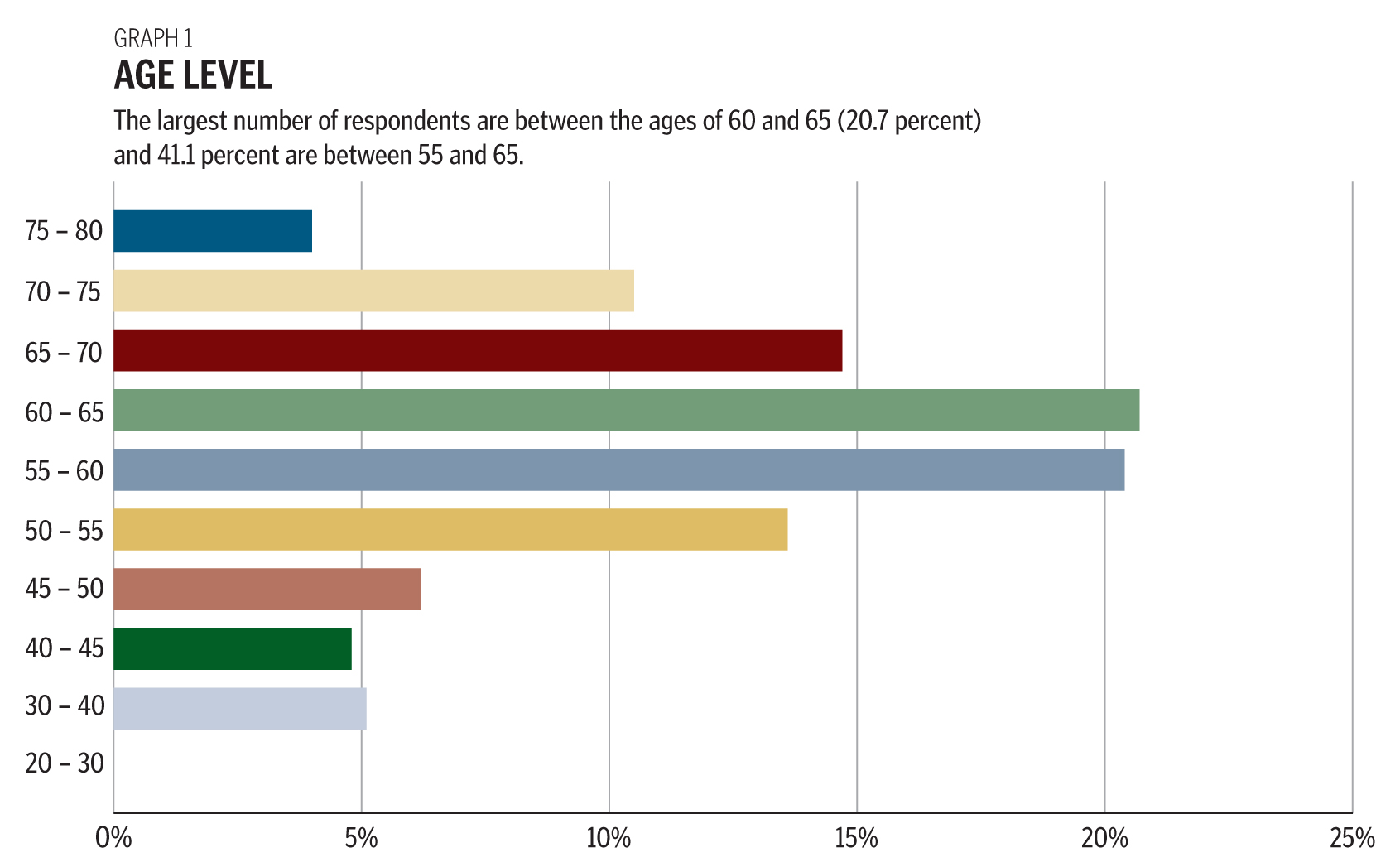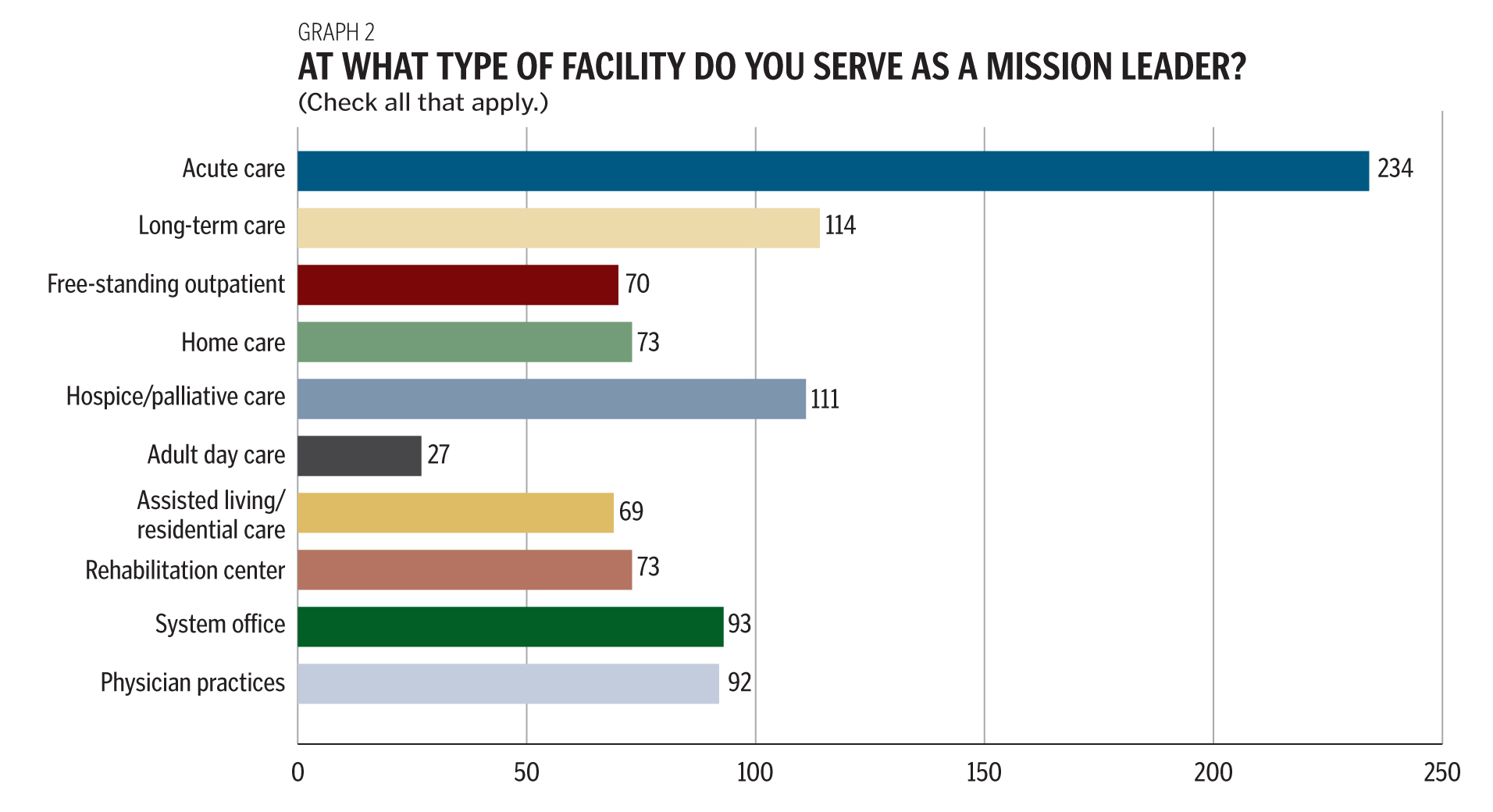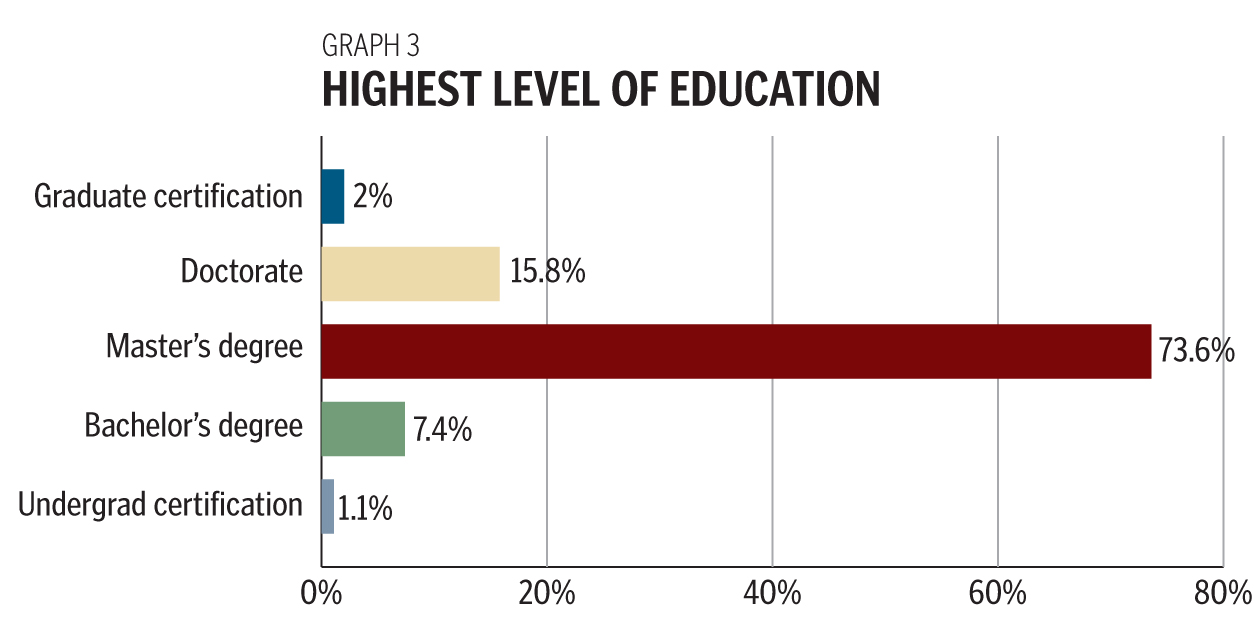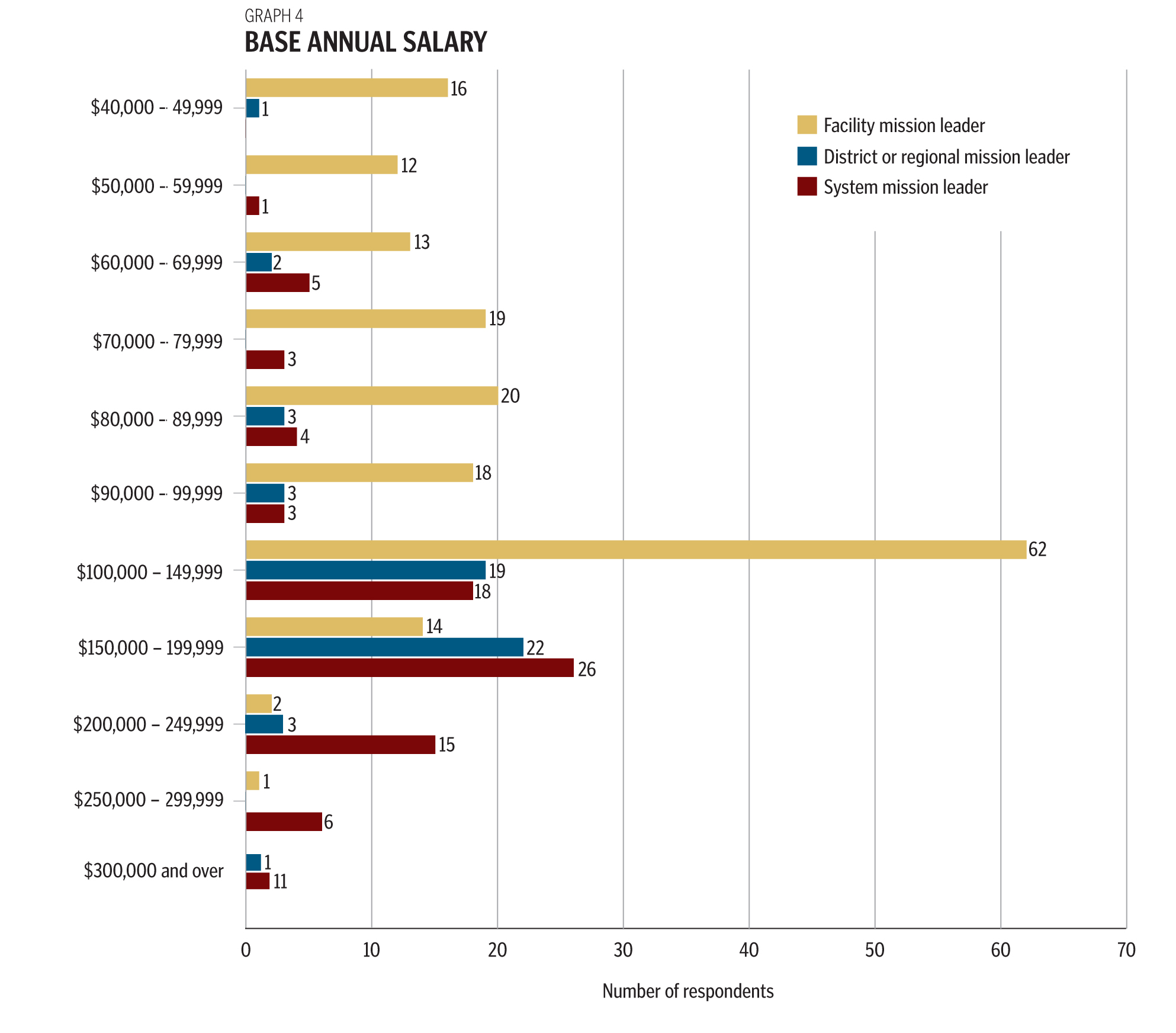BY: BRIAN P. SMITH, M.S., M.A., M.Div. and SR. PATRICIA TALONE, RSM, Ph.D.
Mary Kathryn Grant, Ph.D., writing in this journal in 1999, argued that because the mission leader position is so central to the purpose of Catholic health care, it should be recognized as a profession and integrated in the ministry organization.1 Her words were timely and prophetic.
Since the early 1970s, the Catholic Health Association (CHA) had been committed to promoting the role and function of mission leaders in Catholic health care. The 1993 and 2006 Mission Leader Surveys helped to develop a standardized set of competencies and essential job requirements for mission leaders to advance professionally and become more integrated into senior leadership teams.2 The results of the 2013 Mission Leader Survey demonstrate that indeed, mission leaders have become part of senior leadership teams in most Catholic health organizations and that the types of competencies and skills of these leaders continues to expand as their profession evolves.
When the 2006 survey results were published, two articles appeared in Health Progress comparing and contrasting the findings of the 2006 and 1993 surveys.3, 4 While a longitudinal analysis of the three surveys could produce another article or two for this publication, the purpose of this article is to share the high-level results of the 2013 Mission Leader Survey with members (especially mission leaders, CEOs, trustees and sponsors) now. Ongoing analysis of data by CHA's Mission Advisory Committee and system mission leaders over the next six months will further distill the information and help these groups in their ongoing strategic planning.
The 2013 Mission Leader Survey was designed by members of CHA's Mission Services Department in collaboration with The Reid Group, a consulting firm headquartered in Seattle. The CHA Mission Advisory Committee gave feedback and piloted the survey tool. Many of the questions asked in the previous surveys were repeated, but the 2013 version added the following: new demographic questions (asking about age and ethnicity); questions about potential areas for professional growth and development; open-ended questions on how the respondent's role has changed and on future challenges for mission leaders. The new survey also requested feedback on the mission leader's relationships with key departments and groups.
In June 2013, CHA sent surveys to 702 mission leaders across the United States, and 350 responded, a return rate of approximately 50 percent. Not every respondent completed the survey, but most people answered most of the questions.
To maintain anonymity and confidentiality, CHA hired The Reid Group to collect, analyze and summarize the data. IT provided the following executive summary, divided into seven sections:
- Profile of Respondents
- Roles or Functions of Mission Leaders
- Salary and Benefits
- Education and Ongoing Formation
- Relationships with Other Departments
- Leadership Formation
- Collaborative Relationships, Mergers or Partnerships
PROFILE OF RESPONDENTS
The majority of the respondents (56 percent) were facility mission leaders with 16 percent working at the regional level and 28 percent at the health system level. Most of them (63 percent) used the title vice president in some form. A little more than one third of the leaders had the title of director. The responses pointed to the vitality of mission integration work in multiple settings, such as acute care, long-term care, home care, adult day care and hospice/palliative care.
About 70 percent of the respondents were female, 62 percent of whom were between the ages of 55 and 65. (For a breakdown into age groups, see Graph 1 below.) Women outnumbered men as mission leaders at all levels (facility, region and system) and in all age categories except 30- to 40-year-olds; there are 10 men and eight women in this category. The vast majority of the mission leaders (93 percent) returning the survey were white/Caucasian, though there were small representatives of Native Americans, Asians, African-Americans, Hispanics and Pacific Islanders.
The number of religious sisters and lay women and men in mission leadership roles is almost equal and makes up the great majority of mission leaders. Those who responded to the survey also include one brother, 10 priests and six deacons. Approximately 87 percent of those responding noted they were Roman Catholic.
The majority of respondents (44 percent) have served in their current position between one and four years. Three quarters, or 75 percent, have served less than 10 years. More than two-thirds served in a previous mission position between one and nine years. A similar number (102) intend to work as a mission leader for one to four more years, with 109 stating they intend to work five to nine years. That means 60 percent of the current mission leaders plan not to be working in this field in nine years or less. Working as mission leaders for 15-19 years is the goal of 76 current leaders.
ROLES OR FUNCTION OF MISSION LEADERS
Mission leaders had various roles and reporting functions. Most of the leaders (82 percent) noted that they were regular members of the executive management team, and 60 percent said they felt they participated in major decision-making to a significant degree. About 10 percent said they did not participate in major decision-making.
Mission leaders report to their supervisors in a variety of ways, ranging from no formal reporting to regular meetings (weekly, monthly and quarterly). The format for reporting ranged from submitting written reports, one-on-one meetings with the supervisor, staff meetings or team meetings. Sixty percent of the respondents reported that they are being held accountable by goal-setting and an annual performance evaluation.
The vast majority of mission leaders also have some type of formal reporting relationship with a regional or system mission executive. Only 31 of the respondents said they have no formal reporting relationship with the regional or system level mission leader. Of the rest, the most frequent form of reporting was through regular (weekly, monthly or quarterly) meetings, either in person or by telephone conference. Fewer than 20 indicated that they submit written reports to the regional or system level leader.
Mission leaders also provide supervisory functions in their roles. About 80 percent of the respondents had anywhere from one to more than 15 people reporting to them, with 44 percent having between one and five direct reports. Areas of responsibility of those reporting to mission leaders included: advocacy, community benefit, community outreach, ethics, leadership formation, parish nurse services, pastoral care, volunteer services, etc. More than 70 percent had support staff assistance.
There was a vast variety of both tasks and the time spent on them by mission leaders. About 25 percent of the respondents spend at least 10 percent to 15 percent of their time on the following: administrative or executive team meetings; community involvement activities; consultation on mission, sponsorship, etc.; education and orientation; ethics; leadership development and formation; organizational assessment and development; and worship, ritual and retreat experiences. These numbers represent where mission leaders report they are spending most of their time.
When respondents reflected on significant changes in their role since they have been a mission leader, about 40 percent noted their role had expanded, with greater involvement in community activities and strategic planning. They also noted that the impact of the changes in health care has moved their mission work beyond acute care. The diminishing number of religious available to staff Catholic health care from the sponsoring congregations led to the importance of the mission leader in terms of Catholic mission and identity. Another significant change was the movement toward partnerships and mergers with entities that were "other than Catholic," which pointed to the need to balance Catholic identity and financial sustainability.
SALARY, BENEFITS, EDUCATION AND ONGOING FORMATION
Levels of education and specialties varied, with 74 percent having master's degrees and 16 percent having doctorates for a total of 90 percent having advanced degrees. Most of the specialty areas focused on theology (38 percent) and formative spirituality (30 percent), with 15 percent indicating their specialty area was organizational development. When asked which areas would be most beneficial for someone in a mission leadership position, the respondents indicated that spirituality (71 percent), ministry (66 percent), theology (65 percent) and ethics (64 percent) would be the most beneficial areas. Business administration and social work were considered "somewhat" beneficial by a significant number.
Mission leaders were asked to rate themselves on the CHA-published mission leader competencies. The eight areas in which the respondents indicated that they were most competent (Question 39) included the following: personal spirituality (63 percent); communications and collaboration (61 percent); understanding the church (57 percent); formational leader (49 percent); communal spirituality (47 percent); pastoral theology (44 percent); management (41 percent); and strategic leader (41 percent). A quarter of the respondents indicated that business was their weakest area, followed by canon law (20 percent) and finance (12 percent).
Salaries for mission leaders ranged from $40,000-$50,000 (approximately 5 percent) to over $300,000 (approximately 5 percent), with 29 percent earning between $100,000 and $149,000, and 18 percent earning between $150,000 and $199,000. Therefore 47 percent of responding mission leaders earned between $100,000 and $200,000. As one would expect, the higher salaries are paid to mission leaders serving in regional or system level positions. Three hundred respondents (86 percent) said they received the same benefit package as others at that level in their organization.
When respondents were asked in what areas they would appreciate ongoing formation, six areas surfaced as priorities: ethics; mission integration and strategy; spirituality; formation; leadership competencies; and issues related to pastoral care. Two percent asked for assistance in the area of business.
RELATIONSHIPS WITH OTHER DEPARTMENTS
Mission leaders relate and work closely with other departments.
Ethics — Many mission leaders work in the field of ethics in some manner. Forty percent attend ethics committee meetings as chair, co-chair, facilitator or member. Others participate in a staff capacity. Only 22 (6 percent) had minimal or no involvement with an ethics committee.
Pastoral and Spiritual Care — Many mission leaders (40 percent) oversee pastoral/spiritual care departments directly or through "dotted-line" relationships. In a limited number of cases (6 percent), the respondent is both a mission leader and one-person spiritual care department. The mission leaders found five significant challenges in spiritual care, including: aging staff; inadequate compensation; difficulty in certifying chaplains; understaffing resulting in reduction of services and burn-out; and pressure to measure and report the productivity of chaplains.
Community Benefit — Two-thirds of the respondents are in relationship with community benefit, with 43 percent sharing responsibility for it through direct reports, oversight, leader or coordinator. Another 15 percent support it by being on the community benefit committee or having a close working relationship with it. Only 6 percent said they have little or no involvement with community benefit.
Human Resource Department — About one-third of the respondents indicated they had a positive relationship with the Human Resource Department (HR). They collaborate, connect and work closely with HR. Almost 66 percent are involved in new employee orientation and 21 percent are involved in ongoing formation. About 25 percent say they are not involved or have no influence in hiring, especially at the staff level below senior management. About 20 percent are involved in hiring at the senior level and in their own departments.
Some of the areas in which HR uses the skills, knowledge and abilities of mission leaders include: education about the Ethical and Religious Directives for Catholic Health Care Services (ERDs), employee orientation and conflict resolution. Mission leaders may be called upon to serve as facilitators and problem solvers; as sounding boards, as resources for team building, as members of a bereavement team and for referrals. Only 10 percent of the respondents said they are only used sporadically, seldom or not at all.
Relationship with medical staff and senior clinical leaders —The majority of mission leaders reported regular contact with medical staff and senior clinical leaders, although they are more likely to have a relationship with senior leaders than with the medical staff. One quarter of the respondents have regular meetings with the medical staff and/or other senior leaders. About 22 percent said they provide education on the ERDs, mission, vision and values. Only 11 percent reported limited, little or no interaction with medical staff and senior clinical leaders.
Relationship to other departments — Most of the survey respondents (98 percent) reported good interaction with other departments. Many used such words as close, positive, excellent, great, collaborative, supportive, etc. Some (13 percent) reported they do rounding with other departments. "Limited or no relationship" was reported by 2 percent.
Leadership Formation — Mission leaders are involved in leadership formation. About 87 percent of them say they have a system or facility leadership formation program. About 25 percent facilitate or teach subject material. Another 16 percent oversee, lead or coordinate the program. Others mentor leaders, refer employees for the program or participate in the program.
Collaborative Relationships —Almost 85 percent of the respondents indicate that their facility or system has been involved with other hospitals or organizations in the community. The frequency of meetings ran the gamut of occasionally to regularly, from annually to constantly. About half the respondents said their facility or system has a joint venture or merger plan with an other-than-Catholic organization. More than 25 percent of those responding to the survey indicated that they and or their systems have done little or no work on merging cultures. The respondents indicated the mission leader plays a significant role, especially if the merger is with an other-than-Catholic entity, although they also have a critical role in aligning values and cultures when two Catholic entities merge.
CONCLUSION
The ministry of mission leadership in Catholic health care is thriving and attracting some younger members.While the majority of mission leaders are female and Caucasian, it appears the younger members are more equally divided between genders and beginning to be more ethnically diverse. Given that 30 percent of current mission leaders will be retiring in the next one to four years, and 60 percent will be retiring in nine years or less, attention needs to be focused on recruitment and formation of new leaders based on the CHA mission leader competencies.
In the vast majority of Catholic health facilities, mission leaders are being recognized at the executive level position and being compensated accordingly. In their role as members of the senior leadership team they are acting as a bridge and resource to both clinical and organizational departments in maintaining and enhancing Catholic identity, mission, vision and values. Most mission leaders, though not all, are involved in significant decision-making in their organizations. Including mission leaders in strategic and operational planning, as well in discernments around mergers, acquisitions and partnerships, is a major progression of the profession in the last 10 years and is critical to ensuring that mission is integrated into the business of health care.
Mission leaders, under optimal conditions, work with all the significant departments in Catholic health care and have created excellent and productive relationships with these departments. The survey focused particularly on ethics, pastoral care, community benefit, human resources and clinical staff. It was clear that most mission leaders not only have strong working relationships with these groups, but also with others, including boards, community organizations and other departments within their organization. The ministry of mission leader attracts highly educated people whose personal spirituality, dedication and ability to build relationships are at the heart of their ministry.
They rate themselves most competent in spirituality, communications and collaboration, understanding the church, leadership formation and pastoral theology. A significant minority (25 percent) indicate business is their weakest area. In order to be that bridge between mission and operations, mission leaders will need to continue growing in their knowledge of business, finance and strategic planning. They need to be bilingual in the languages of mission and margin.
The mission leader role is evolving beyond acute care and encompasses, in many cases, long-term care, hospice/palliative care, outpatient services, home care and rehabilitation services, physician practices and new models of care delivery. Many mission leaders have oversight of mission integration in more than one of these areas. This requires ongoing professional development and formation, and mission leaders are asking for resources to help them acquire the necessary skills. It is worth noting the area of ongoing formation that mission leaders asked for the most, ethics, is already being developed. Ron Hamel, Ph.D., CHA's senior ethicist, and Fr. Tom Nairn, OFM, Ph.D., CHA's senior director, ethics, are developing an 18-month ethics course specifically designed for mission leaders, due to begin in spring 2014. Over the next six months, the CHA Mission Advisory Committee and system mission leaders will address other areas of competency development.
Among the most significant challenges facing mission leaders may be the need to have expertise in working in situations where Catholic health care organizations are merging or partnering with Catholic institutions or with other-than-Catholic entities. About half of the leaders indicated their organizations were in discussions or negotiations with possible new partners. The skills to deal with possible ethical issues arising from these partnerships and the ability to lead cultural change as organizations partner or merge are some new critical competencies mission leaders will need to acquire.
Mission leaders have indeed become a recognized profession within the Catholic health ministry, and they are being integrated into senior leadership teams. The ability of these leaders to continue to develop and grow in the CHA Mission Leader Competencies to meet the new challenges being faced by health care, in particular Catholic health care, will assure the mission leader's role remains vital and integral to the ministry.
BRIAN P. SMITH is senior director, mission integration and leadership formation, and SR. PATRICIA TALONE, RSM, is vice president mission services, both in CHA's St. Louis office.
This article was prepared in collaboration with JOHN REID, senior consultant, mediator and coach, and MAUREEN GALLAGHER, senior consultant and coach, both with The Reid Group, Seattle.




NOTES
- Mary Kathryn Grant, "Mission at the Millennium," Health Progress 80, no. 2 (March-April 1999): 18-20.
- Mission Services Department of the Catholic Health Association and The Reid Group, Competencies for Mission Leaders, Catholic Health Association, 2009.
- Patricia A. Talone, "CHA Mission Leaders Survey 1," Health Progress, 87, no. 4 (July-August 2006): 42-49.
- Patricia A. Talone, "CHA Mission Leaders Survey 2," Health Progress 87, no. 5 (September-October, 2006): 17-22.
Copyright © 2013 by the Catholic Health Association of the United States
For reprint permission, contact Betty Crosby or call (314) 253-3477.